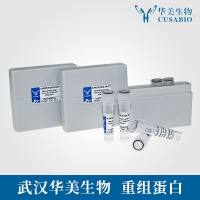Protein Misfolding and Cellular Stress: An Overview
互联网
575
Cell survival and death are complex matters. Too much survival may lead to cancer and too much cell death may result in tissue degeneration. In this chapter, we will first of all focus on the cellular survival mechanisms that promote correct folding and maintenance of protein function. These mechanisms include protein quality control (PQC) systems comprising molecular chaperones and intracellular proteases in the cytosol, endoplasmatic reticulum (ER) and in the mitochondria. In addition to the PQC systems, mechanisms elicited by misfolded proteins, known as unfolded protein responses (UPRs), including induction/activation of antioxidant systems are also present in the three compartments of the cell. Second, we will discuss the mechanisms by which misfolded proteins lead to the generation of oxidative stress in the form of reactive oxygen species (ROS) and reactive nitrogen species (RNS). These species are produced mainly from superoxide (O2 – ) generated in the mitochondrial respiratory chain and from nitrogen oxide (NO) produced by the mitochondrial nitrogen oxide synthetase (mtNOS). Third, the effects of oxidative stress will be discussed, both with respect to mitochondrial dynamics, i.e., fission and fusion, and the related elimination of dysfunctional mitochondria by cellular cleaning systems, i.e., mitophagy or mitoptosis, and related to the generation and cellular effects of oxidatively modified proteins, which closes a vicious cycle of protein misfolding and oxidative stress.





